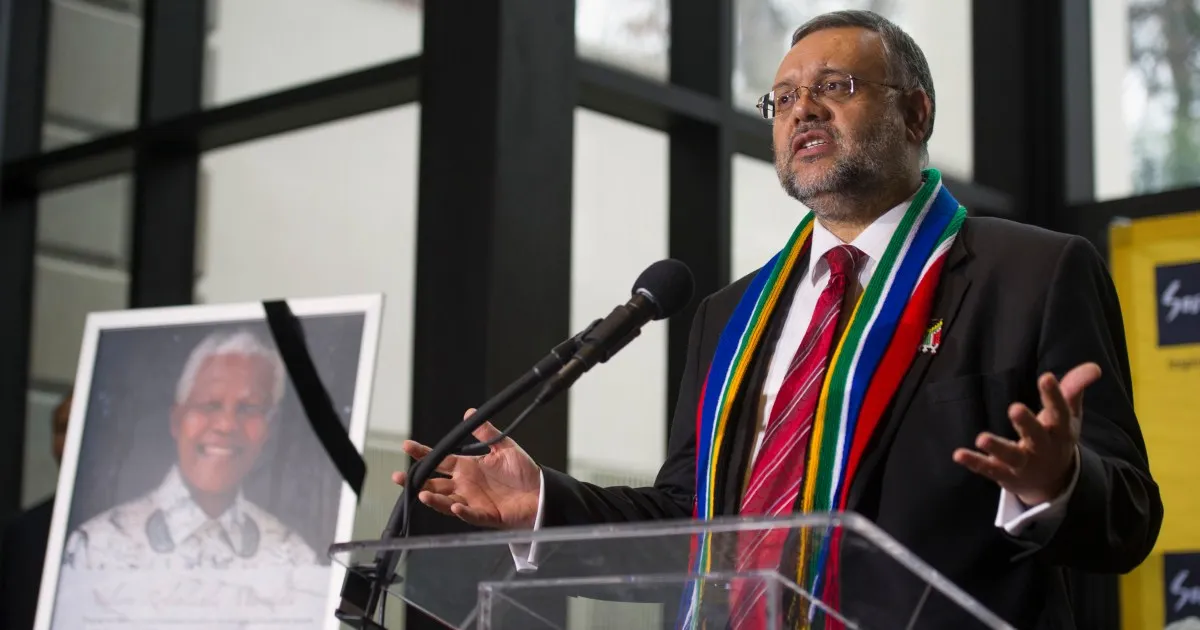On March 20, 2025, President Donald Trump signed an executive order directing the dismantling of the U.S. Department of Education, aiming to transfer educational authority back to states and local communities. This move aligns with longstanding conservative efforts to reduce federal involvement in education.
Established in 1979, the Department of Education administers federal funding, manages student loans and aid, and enforces accountability standards. Critics argue that federal oversight has led to declining academic performance and increased bureaucracy.
The executive order instructs Education Secretary Linda McMahon to develop a plan for the department’s closure while ensuring the continuation of essential functions, such as student loans and civil rights enforcement, potentially under other federal agencies.
Complete dissolution of the department requires congressional approval, a challenging prospect given the current political landscape. The administration has initiated workforce reductions, offering incentives for early retirement or resignation, with plans to cut staffing by approximately 50%.
Supporters believe this action will enhance local control over education, while opponents, including educators and civil rights organizations, fear it may exacerbate educational disparities, particularly affecting low-income and marginalized communities.
The debate continues as stakeholders assess the potential impacts on the nation’s educational system and the feasibility of implementing such a significant policy shift.




